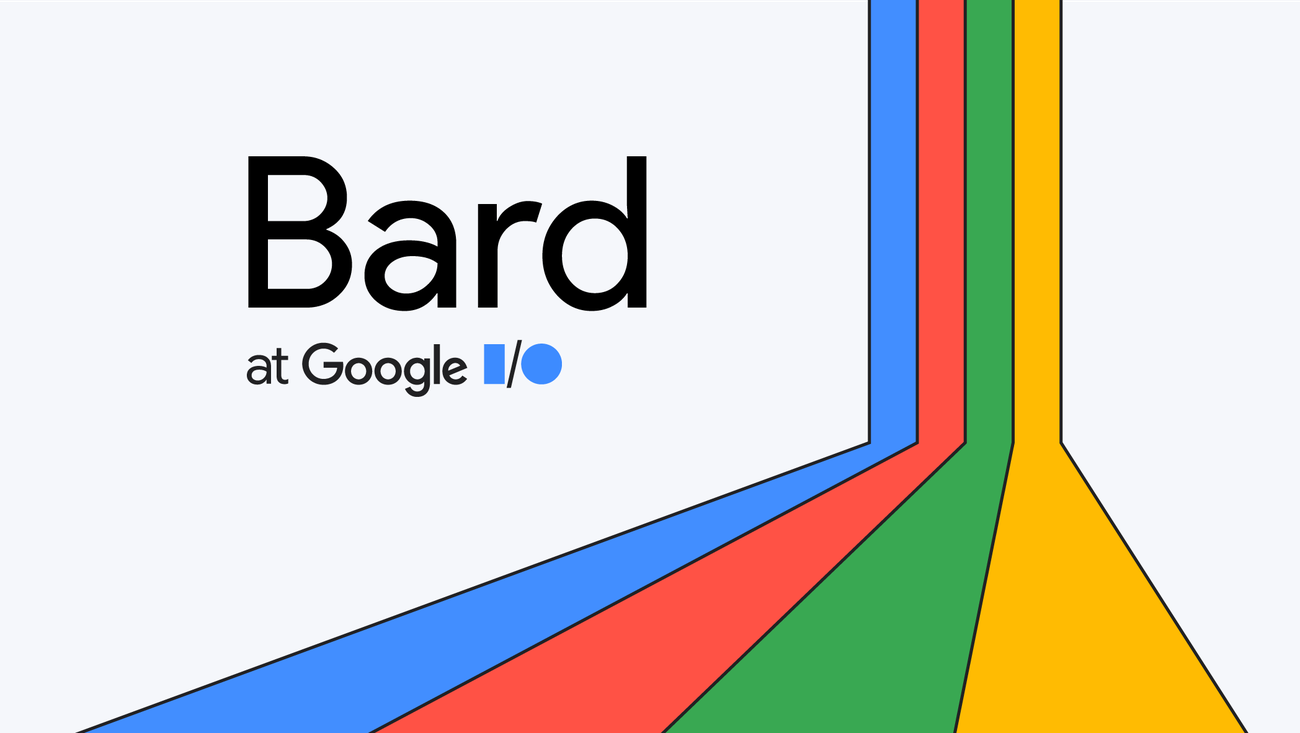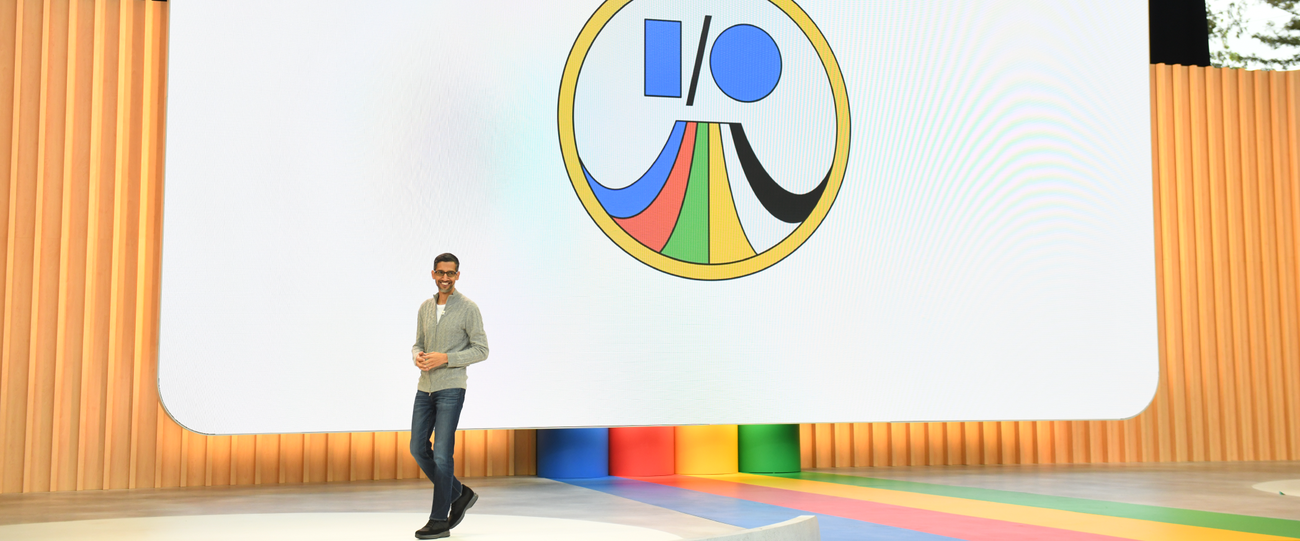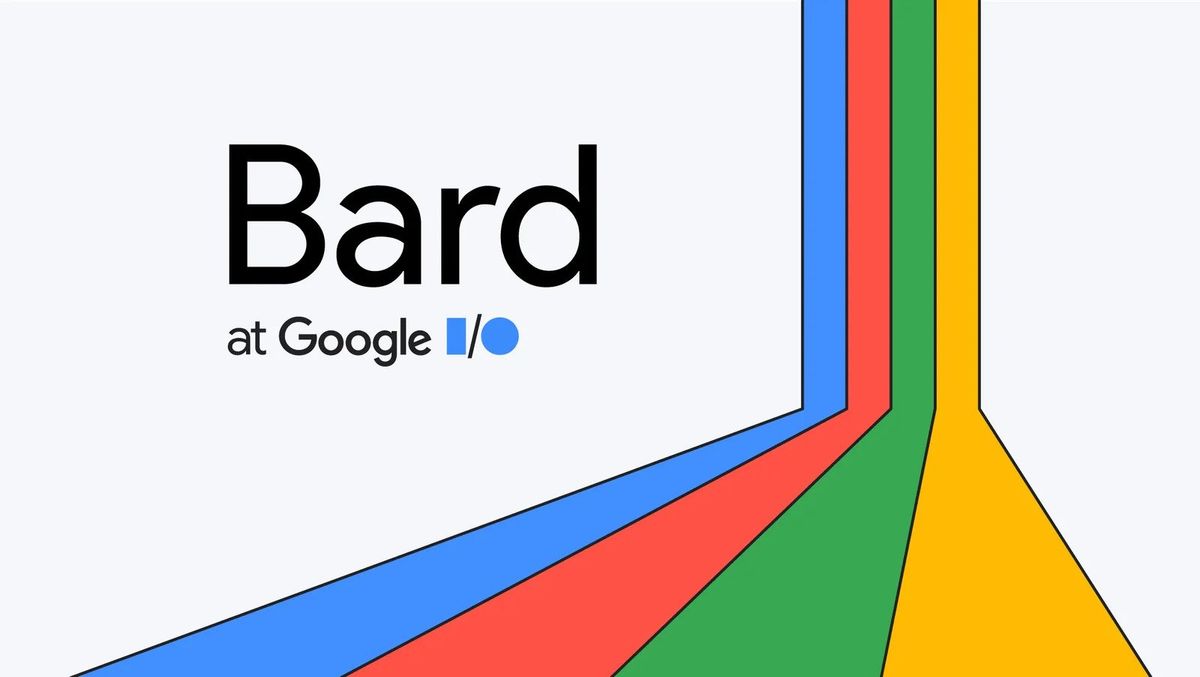Google's I/O 2023 conference showcased its commitment to artificial intelligence (AI) and its integration across a range of products and services. The announcement of the PaLM 2 large language model and AI-based improvements to various applications such as Bard, Search, Maps, and Workspace highlight the company's continued focus on innovation and technological advancements.
PaLM 2 Large Language Model
Introduction to PaLM 2
At the core of Google's AI-based improvements lies the PaLM 2 (Pathways Language Model), a cutting-edge language model capable of processing and translating more than 100 languages. This versatile AI engine will power developments in over 25 Google products and services, including medicine, security, math, and computer coding.
Real-life Application: Med-PaLM 2
One of the first practical applications of the PaLM 2 language model is its offshoot, Med-PaLM 2, which is currently being tested by Google Cloud customers in the medical field. Healthcare professionals, including doctors, will be able to ask questions and receive AI-generated answers, showcasing the potential of PaLM 2 to revolutionize various industries.
Improvements to Bard AI
Bard AI Expansion and Language Support
Google's Bard AI, initially launched as a rival to OpenAI's ChatGPT and Microsoft's Bing AI, has received significant improvements to make it smarter and more capable. The waitlist has been removed, and the service is now available to users in over 180 countries and regions, supporting languages such as Japanese and Korean, with plans to eventually support 40 languages.
Integration with PaLM 2 and Enhanced Features
By leveraging the power of PaLM 2, Bard AI can now tackle a broader range of tasks, especially in math, reasoning, and programming. One demonstration at the I/O 2023 conference showcased Bard programming a chess move using Python. Furthermore, Bard can now communicate with other Google tools and services, as well as third-party applications, making it more versatile and user-friendly.
Enhancements to Google Search
AI-based Summarization and Efficiency
Google Search is also set to benefit from PaLM 2's AI capabilities, as it will integrate AI-based information with the usual search results. Users will be provided with a summarized snapshot containing pointers and links for more in-depth exploration. The improved search efficiency will allow users to input complex queries and receive more accurate results faster.
Interactive Search Experience
To further enhance the search experience, users will be prompted to ask follow-up questions, or they may choose from a list of potential questions. Engaging with these questions will initiate a conversation mode, allowing users to chat with the search tool and narrow down their required information.
Enhancements to Google Workspace
Help Me Write and Duet AI for Workspace
Google Workspace will also receive AI-powered improvements through PaLM 2 integration. A new feature called Help Me Write will enable users to automatically generate emails and other content based on requests and descriptions. This feature will be part of a new AI tool called Duet AI for Workspace, set to launch later this year for business users.
Sidekick: A Tool for Better AI Prompts
Sidekick, another AI-powered tool, aims to help users write better prompts when working with AI by analyzing and summarizing documents, then suggesting prompts to improve content. An example demonstrated at I/O 2023 showed Sidekick suggesting the addition of speaker notes to a presentation in Google Slides.
Improvements to Maps and Photos
Immersive View for Routes
Google Maps will also benefit from AI enhancements, introducing a new option called Immersive View for Routes. This feature will visually display an entire route from start to finish, providing users with weather and traffic forecasts along the way. Initially rolling out for major cities like New York and San Francisco, this feature will enhance the user experience when planning trips.
Magic Editor for Google Photos
Google Photos will receive an AI-powered upgrade in the form of Magic Editor. Building upon the existing Magic Eraser tool, Magic Editor not only erases but also moves people and objects within photos. For example, if a user moves an object near the edge of the photo towards the center, Magic Editor will use AI to fill in the missing area, showcasing its potential for creative image editing.
AI Integration in New Google Products
Personalized Wallpapers on Pixel Devices
AI will also be incorporated into new Google products, such as the Pixel 7a, Pixel Fold, and Pixel Tablet. Users will be able to create personalized wallpapers based on AI-generated prompts, adding a touch of customization to their devices.
Accessing New AI-Based Features
Google Labs for Early Testing
While most of the new AI-based features won't be officially available for several months, users who are eager to try them out can sign up for Google Labs. Early testers will gain access to the new Search, Google Workspace, and other tools like Project Tailwind (an AI-based note-taker) and MusicLM, which converts text into music.
AI Responsibility: Tools to Identify Generated Content
The Importance of AI Responsibility
As AI technology becomes more advanced and integrated into our daily lives, Google recognizes the importance of investing in AI responsibility. Ensuring that users can identify synthetically generated content is crucial in maintaining trust and transparency. Google is committed to developing tools and techniques that help users differentiate between real and generated content.
Watermarking for Content Authentication
Watermarking is a key approach in achieving this goal, as it embeds information directly into content in a way that is preserved even through modest image editing. By incorporating watermarking and other techniques from the start, Google aims to enhance the reliability and authenticity of its AI-generated content. The ability to identify synthetic images will become increasingly important as they continue to improve in quality and realism.
Metadata for Contextual Information
In addition to watermarking, metadata plays a crucial role in providing users with contextual information about AI-generated content. Metadata allows content creators to associate additional context with original files, offering users more information whenever they encounter an image. Google is committed to ensuring that every AI-generated image is accompanied by metadata, enhancing transparency and user understanding.
Google's Bold and Responsible Approach
Google's focus on AI responsibility, including watermarking and metadata, demonstrates the company's dedication to maintaining a high standard of ethical AI development. As AI technology continues to evolve, these efforts to promote transparency and user trust will be essential in shaping the future of AI-powered tools and services. By investing in responsible AI practices, Google aims to lead the way in creating a safer and more trustworthy digital environment.
Wrap Up
Google's I/O 2023 conference has clearly demonstrated the company's dedication to incorporating AI into its products and services, with the announcement of PaLM 2 and improvements across various applications. As these enhancements roll out, they will shape how users interact with Google's ecosystem, potentially revolutionizing the way we search for information, communicate, and access tools for work and leisure.
References











